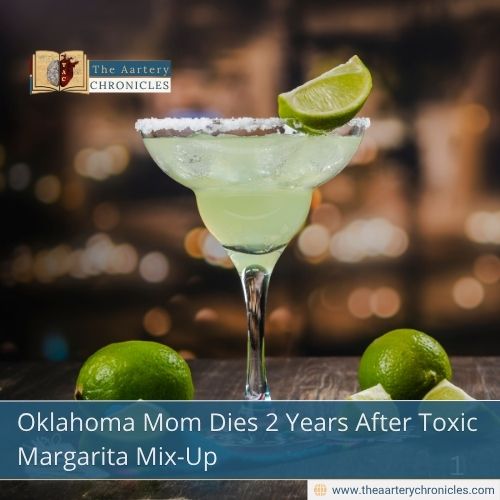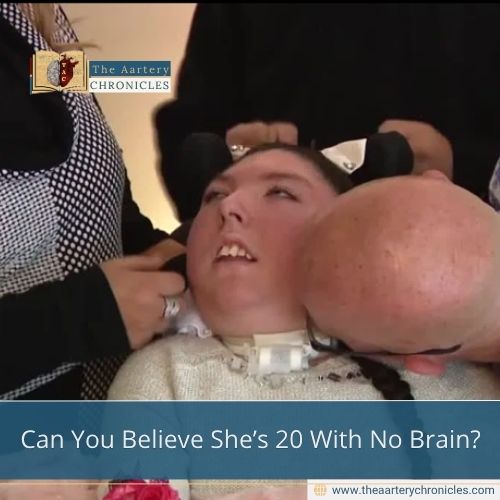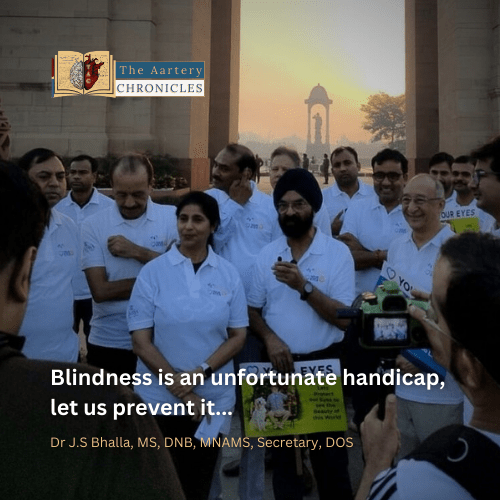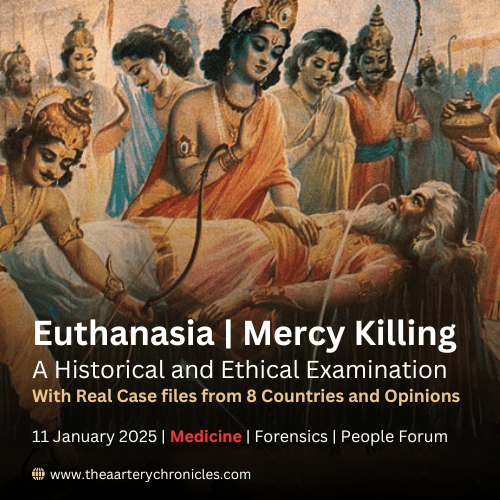
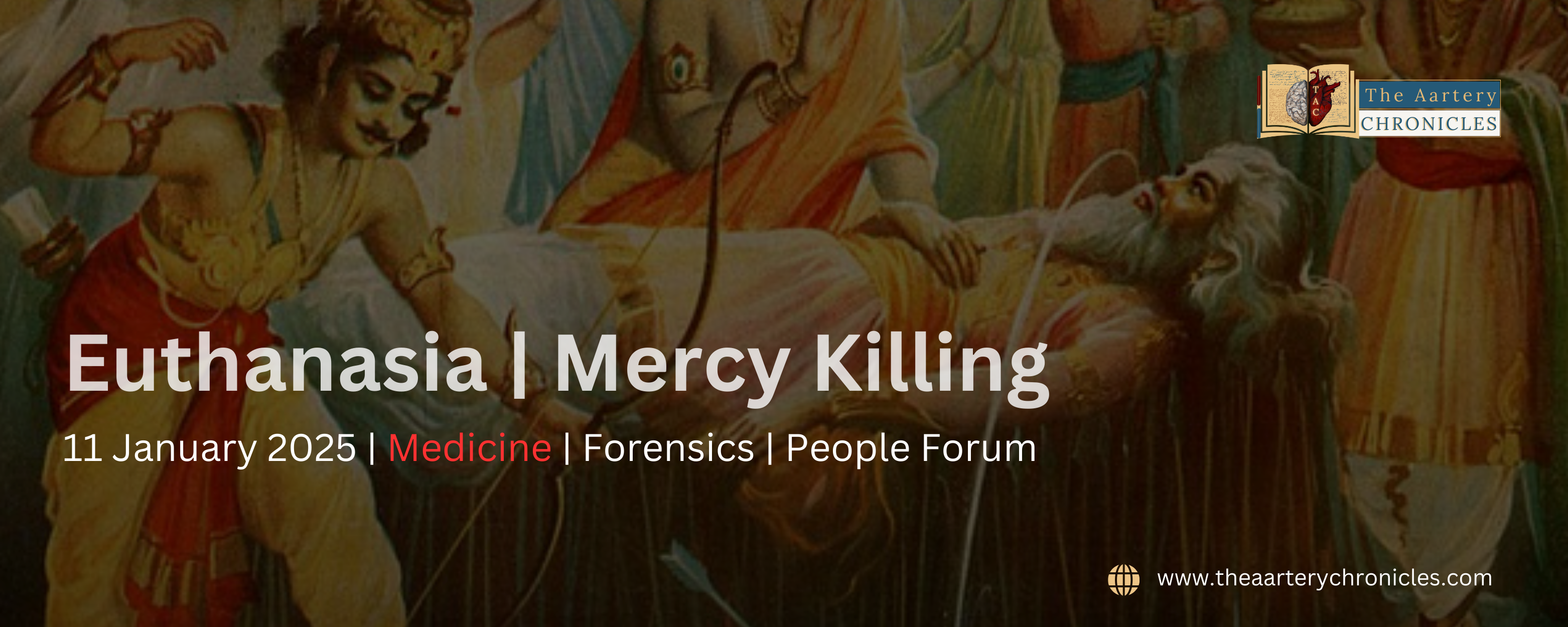
Euthanasia: A Historical and Ethical Examination
Euthanasia, derived from the Greek words eu (good) and Thanatos (death), signifies the act of willfully ending a life to relieve pain and suffering. This concept, often referred to as “mercy killing,” has been a subject of philosophical, ethical, and legal debates for centuries. While some view euthanasia as a compassionate response to incurable suffering, others argue that it undermines the sanctity of life.
This article delves into the history, ethical implications, and contemporary legal status of euthanasia, accompanied by references to its presence in mythology and an analysis of its pros and cons.
Historical Context of Euthanasia
The concept of Euthanasia traces back to ancient civilisations. In ancient Greece and Rome, practices akin to euthanasia were debated by philosophers such as Plato and Seneca. Plato endorsed the idea of ending the lives of those who were chronically ill or incapacitated to avoid societal burden, while Hippocratic traditions, encapsulated in the Hippocratic Oath, explicitly forbade the administration of deadly drugs.
In the medieval era, euthanasia was largely condemned due to prevailing religious doctrines that emphasised the sanctity of life. The Renaissance period saw renewed philosophical discourse on the subject, yet active endorsement remained limited.
The 19th and 20th centuries marked significant turning points. Advances in medical science, coupled with rising awareness of human rights, reignited discussions about the moral permissibility of euthanasia. The first euthanasia society was established in London in 1935, advocating for the right to die with dignity.
Mythological References

In Hindu mythology, the story of Bhishma from the Mahabharata serves as a poignant example. Bhishma, granted the boon of choosing the time of his death, chose to endure immense pain until the opportune moment, symbolising the ethical complexities surrounding life and death.

In Greek mythology, the tale of Prometheus accentuates the suffering endured by individuals due to divine punishment. While Prometheus’s eternal torment was not self-imposed, it raises questions about the moral responsibility of ending prolonged suffering, a theme central to the euthanasia debate.
Pros and Cons of Euthanasia
Pros
- Alleviation of Suffering: Euthanasia provides relief to individuals experiencing unbearable physical or psychological pain, offering a dignified end to their suffering.
- Autonomy and Choice: It respects an individual’s right to make decisions about their own life, particularly in cases of terminal illness.
- Resource Allocation: In resource-constrained healthcare systems, euthanasia can reduce the burden on medical facilities and allow better utilisation of treatable conditions
Cons
- Ethical Concerns: Critics argue that euthanasia devalues human life and sets a dangerous precedent for its premature termination.
- Potential for Abuse: Without stringent regulations, euthanasia may be misused, leading to involuntary or coerced deaths.
- Slippery Slope Argument: Legalising euthanasia could lead to broader criteria for its application, potentially encompassing non-terminal conditions or vulnerable populations.
Legal Status Around the World
Euthanasia remains a confrontational issue, with varying legal standings across the globe:
The Netherlands was the first country to legalise euthanasia in 2002 under strict conditions.
Case: In 2018, a 29-year-old Dutch woman, Aurelia Brouwers, was granted the right to euthanasia due to her enduring severe psychological suffering. Her case sparked significant debate about the criteria for euthanasia in the Netherlands.
Legalised euthanasia in 2002, including for minors under specific circumstances.
Case: In 2010, Tine Nys, a 38-year-old woman, was euthanized citing unbearable psychological suffering. Her family’s subsequent legal challenge led to the unprecedented trial of three doctors accused of improperly administering euthanasia.
Legalised medical assistance in dying (MAID) in 2016, with recent expansions to include individuals with mental illness.
Case: In 2016, a 56-year-old woman in Toronto, known as A.B., became one of the first Canadians to receive a court-approved physician-assisted death after the legalization of Medical Assistance in Dying (MAID). Her case highlighted the complexities of implementing the new law.
Permits assisted suicide, provided the individual’s motives are altruistic.
Case: In 2024, a 64-year-old American woman utilized the Sarco suicide pod, a device designed for self-administered euthanasia, in Switzerland. Her death prompted legal scrutiny and discussions about the device’s ethical implications.
Certain states, such as Victoria and Western Australia, have legalised voluntary assisted dying.
Case: In 2019, Kerry Robertson, a 61-year-old woman with terminal cancer, became the first person to legally end her life under Victoria’s voluntary assisted dying laws. Her case marked a significant moment in Australia’s approach to euthanasia.
Legalised euthanasia in 2021, recognising it as a right under specific conditions.
Case: In 2021, María José Carrasco, suffering from multiple sclerosis, was assisted in dying by her husband, Ángel Hernández. Her death, prior to the legalization of euthanasia in Spain, influenced the country’s legislative changes regarding end-of-life choices.
Legal since 1997, regulated by constitutional court rulings.
Case: In 2015, Ovidio González, a 79-year-old terminally ill man, became the first person in Colombia to die by legal euthanasia, following a constitutional court ruling that decriminalized the practice. His case set a precedent for end-of-life rights in the country.
Legalised in 2021 after a public referendum.
Case: Lecretia Seales, a lawyer diagnosed with terminal brain cancer, sought the legal right for assisted dying in 2015. Although her case was unsuccessful, it significantly contributed to the national debate, leading to the eventual legalization of euthanasia in New Zealand.
Voices from the Frontline: Opinions on Euthanasia
Euthanasia is deeply a complex issue that balances compassion to care, ethics, and human rights. On one side, it offers relief to patients enduring unbearable suffering and respects their autonomy in end-of-life decisions.
On the other, it raises ethical concerns about the role of doctors, the sanctity of life, and potential misuse. While palliative care provides alternatives, it may not address all suffering. Ultimately, euthanasia challenges us to weigh the value of life against the right to die with dignity!!
Euthanasia offers terminally ill patients relief from suffering, granting them dignity and autonomy in their final moments. It prioritises quality of life over quantity, though it remains a sensitive issue shaped by cultural, social, and religious beliefs. Balancing patient autonomy with societal values is essential. It can ease emotional and financial burdens on families and healthcare systems while sparking ethical debates. In India, only passive euthanasia is legal. Open dialogue is crucial for compassionate end-of-life care.
I believe nothing is black and white there is nuance to everything. There are rules but exceptions to it and so is euthanasia an exception to the legal laws of death. Euthanasia is mercy killing which is not legal in India. Indian laws are the torch-bearers of freedom and become authoritarian when it comes to euthanasia.
Passive, voluntary, and non-voluntary euthanasia should be legalised when we talk about making healthcare patient-centred. It’s definitely about providing the patients with the best healthcare facilities and treatment but when every breath becomes suffering for an individual and causes an emotional, and financial drain to the family euthanasia should be practised with the consent of the patient and family members.
This concept might seem counter-intuitive to the Hippocratic oath, but then it is time to put ourselves in the shoes of the ones suffering and if there is no chance of recovery then give them the freedom to decide life and death.
Euthanasia is a hard topic, deeply affecting both the individual and their loved ones. While it offers relief from suffering, it’s never an easy choice. For years, ending one’s life was seen as wrong or a cry for help. Now, allowing it changes how we view life and suffering.
The choice feels scary and confusing, raising questions about leaving loved ones behind and whether it’s selfish or brave. Does it mean running from reality? If it’s legal for physical illness, why not for mental illness? Both involve pain—what makes one acceptable and the other not?
Euthanasia is a deeply complex issue, affecting not just the individual but their loved ones. It offers an escape from suffering but raises questions about life, pain, and care. Is it selfish to choose peace, leaving behind loved ones who still hold hope? Does facing death head-on make it right? Legalising euthanasia for physical illness prompts questions about mental illness—why is one acceptable and the other seen as needing help? It challenges how we view life, suffering, and our responsibilities to each other.
Life is undeniably precious and should always be valued. However, the unfortunate circumstances faced by terminally ill patients enduring immense pain have raised profound questions. The heartbreaking case of Aruna Shanbaug compels us to reflect on the right to die with dignity. The debate over euthanasia isn’t just about laws—it’s about empathy, ethics, and recognising the right to die with dignity. As society evolves, so must our understanding of compassionate choices for those enduring unbearable suffering...
Dr Aarti Nehra, MBBS, MMST [IIT Kharagpur] Tweet
Conclusion
Euthanasia remains a polarising topic, intertwining legal, ethical, and emotional dimensions. Its proponents advocate for compassion and dignity, while opponents emphasise the sanctity and inviolability of life. As societies continue to grapple with these profound questions, the importance of thoughtful, inclusive, and culturally sensitive discourse cannot be overstated. Understanding the historical, mythological, and legal perspectives provides a comprehensive foundation for navigating this complex issue.
References and Further Reading:
BBC News - Euthanasia in the Netherlands: A Debate on Psychological Suffering
https://www.bbc.com/news/stories-45117163BBC News - Trial of Belgian Doctors in Euthanasia Case
https://www.bbc.com/news/world-europe-51103687New York Post - Sarco Suicide Pod and Ethical Discussions in Switzerland
https://nypost.com/2024/10/08/world-news/sarco-suicide-pod-use-suspended-weeks-after-us-woman-ended-her-lifeThe Guardian - Victoria’s First Legal Assisted Dying Case in Australia
https://www.theguardian.com/australia-news/2019/jul/27/kerry-robertson-first-person-to-use-victorias-voluntary-assisted-dying-lawsEl País - The Case of María José Carrasco in Spain
https://english.elpais.com/elpais/2019/04/04/inenglish/1554363878_579385.htmlColombian Reports - Colombia’s First Legal Euthanasia Case
https://colombiareports.com/colombia-euthanasia-history-20The Conversation - Ethical and Legal Considerations of Euthanasia
https://theconversation.com/topics/euthanasia-1618

Dr Darshit Patel, MD General Medicine
Reviewed by Dr Aarti Nehra (MBBS, MMST)


